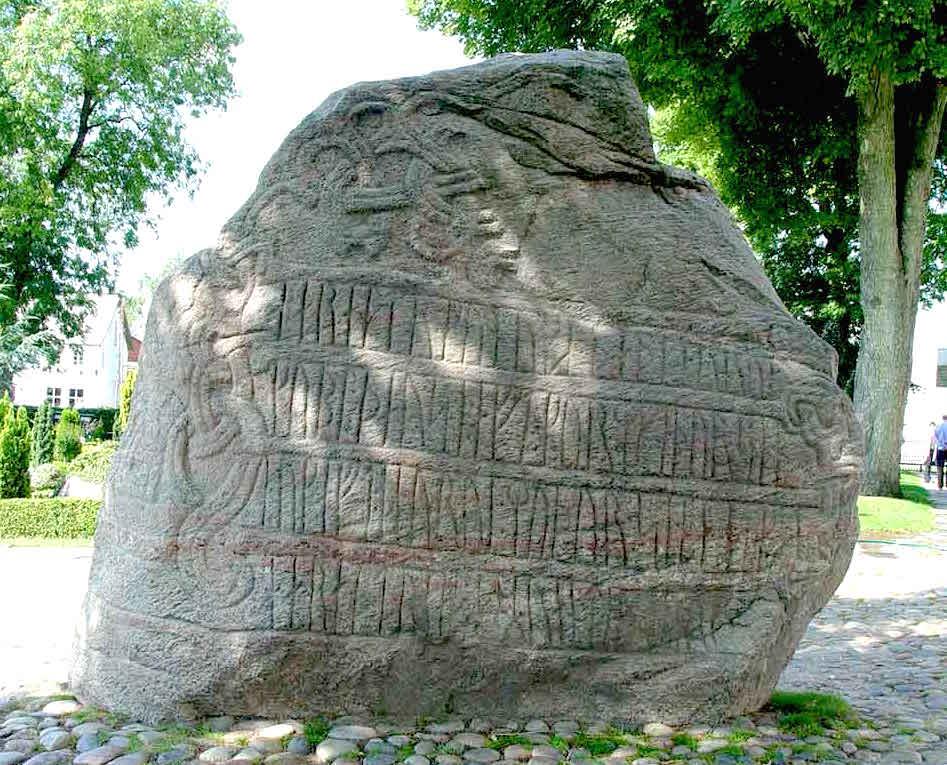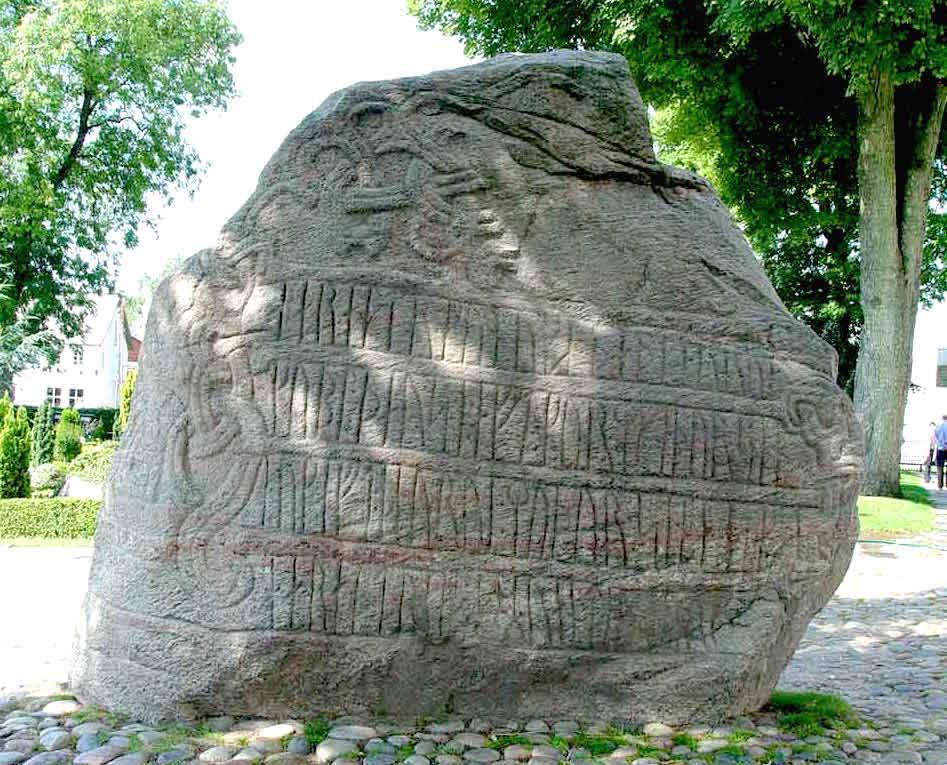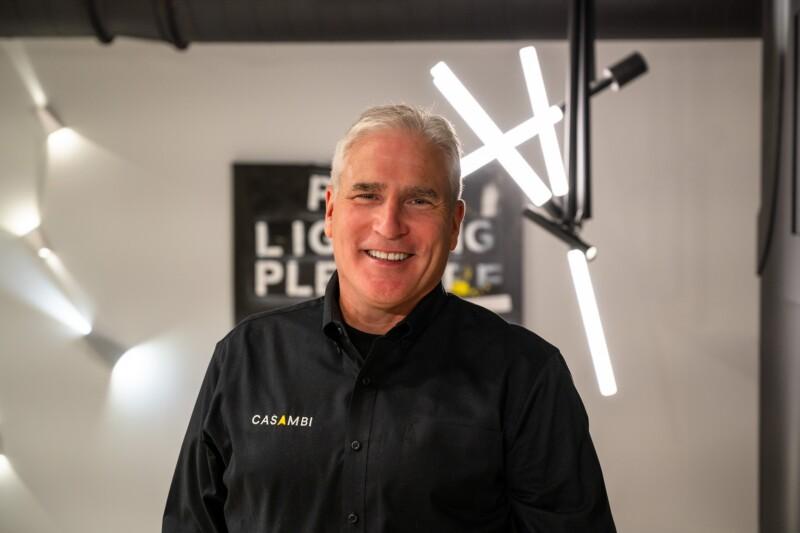The Viking ruler who gave his name to Bluetooth

In the corner of your laptop, mobile or smart watch screen, you might see a small zig-zag symbol that looks a bit like a knotted rope. Of course, it’s now commonly recognisable as the Bluetooth logo. But have you ever wondered where it comes from? Does it symbolise some kind of electrical circuit? Or data moving back and forth, like the Wi-Fi symbol?

In fact, the Bluetooth logo predates mobile technology by about 1,000 years. It is formed from the runes corresponding to ‘H’ and ‘B’, the initials of Harald Bluetooth.
Harald Bluetooth was King of Denmark from 958 to 986, during the Viking period. The Vikings liked to give their leaders descriptive nicknames (Harald’s father was called Gorm the Old, and his son was Sweyn Forkbeard), so historians think Harald must have got his name from having a bad tooth, but no one really knows.
So how did this long-dead Viking ruler end up sharing his name with the communication technology that is now built into every mobile device – and that powers Casambi?
To find out, we have to fast-forward to the 1990s, when a group of tech companies including Ericsson, Intel, Nokia and IBM had an idea- they wanted to bring together computers and mobile phones through seamless, standardised wireless communication. When the team behind this new project were in search of a codename for their nascent technology, Jim Kardach of Intel, one of the key people involved, had a suggestion.
Jim is a history buff who had recently been reading about how Harald Bluetooth had brought together the kingdoms of Denmark and Norway, which were later governed as one for nearly 300 years. That’s what we’re trying to do with wireless technology, Jim thought. Bring things together.

He proposed to call the technology ‘Bluetooth’. To persuade his colleagues, he put together a PowerPoint slide with an image of Harald Bluetooth, saying ‘Harald united Denmark and Norway. Harald thinks mobile PCs and cellular phones should seamlessly communicate.’
Bluetooth was only supposed to be a temporary name, a working title, but in the end it stuck (other suggestions included RadioWire and PAN, but they both ran into trademark trouble).
Since the first Bluetooth devices were launched 20 years ago, the technology has advanced to become faster, more reliable, and use much less power. It has become ubiquitous, and has gone far beyond computers and mobile phones, enabling wireless communication between wearables, smart speakers and all kinds of IoT devices, including ‘Casambi Ready’ lighting equipment.
The spirit of uniting devices to work together seamlessly is what continues to drive Casambi today. The Casambi Ready ecosystem, based on Bluetooth Low Energy, ensures easy interoperability between thousands of luminaires, drivers, sensors, switches and control devices. It’s the largest lighting ecosystem of its kind.
Harald Bluetooth would have been glad to have his name associated with the Casambi wireless lighting control platform, we like to think. After all, he went to the trouble of having a giant runestone carved, which still stands today, to commemorate how he united Denmark and Norway. Clearly he wished for his name and achievements to live on after his death.
But he would surely have been amazed by the idea of his initials appearing hundreds of years later on the glowing screens of millions of devices, and his name becoming synonymous with a way to send information through thin air.



